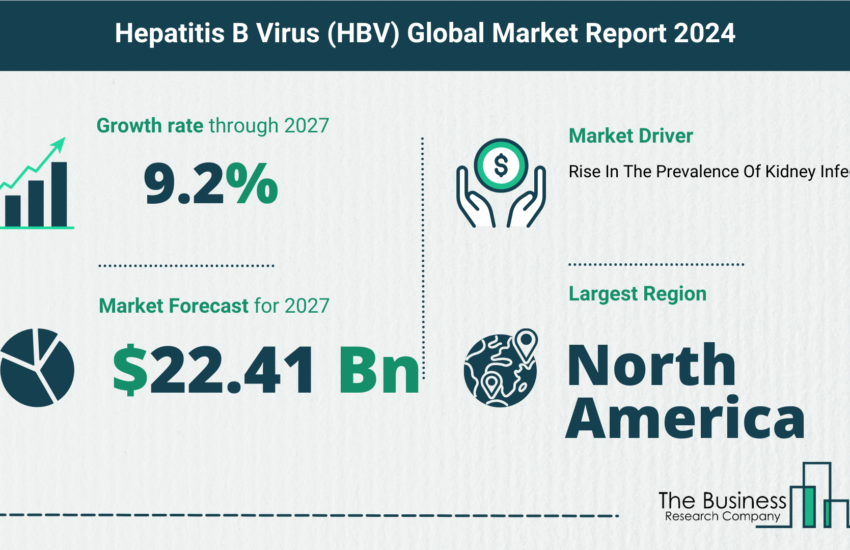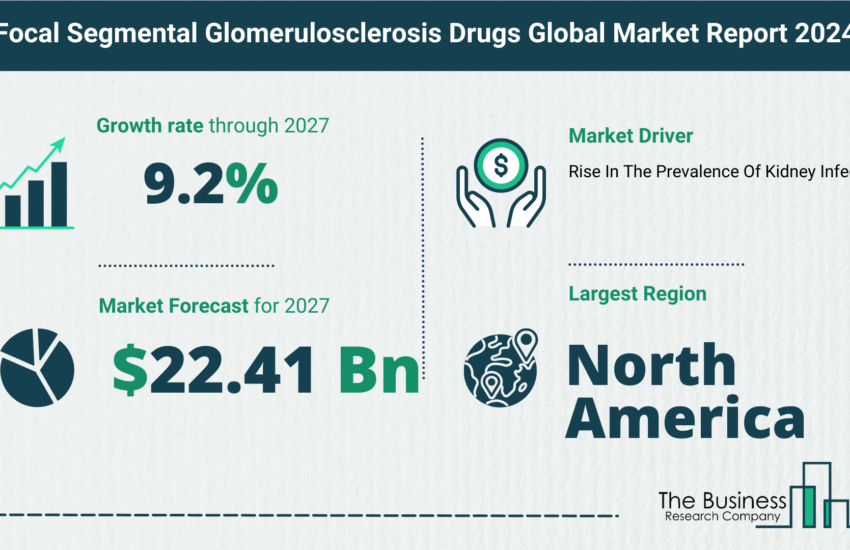Antithrombotic Drugs Are Being Used To Prevent Various Disorders
In the antithrombotic drugs market, novel oral anti-coagulants (NOACs) are gaining wide acceptance and are replacing traditionally used anti-coagulants such as Warfarin and Heparin to prevent thrombosis. Anti-coagulants have long been used in the prevention of thrombus formation in patients suffering with cardiovascular diseases. Use of NOACs makes it easier for patients to continue therapy post discharge as opposed to injections of Heparin and Warfarin, which require medical assistance for administration. Examples of NOACs include Pradaxa (dabigatran etexilate) from Boehringer Ingelheim, Xarelto (rivaroxaban) from Janssen, and Eliquis (apixaban) from Bristol-Myers Squibb.
Tranexamic acid is increasingly being used to prevent postpartum hemorrhage (blood loss of over 500 ml or 1,000 ml within 24 hours of childbirth) due to its cheap price and wide availability. Tranexamic acid is an antifibrinolytic drug that helps in reducing bleeding in surgical and trauma patients, including women with postpartum hemorrhage. In April 2017, WOMAN (World Maternal Antifibrinolytic), an international, randomized, double-blind, placebo-controlled trial including over 20,000 women from 193 hospitals in 21 countries, found that using tranexamic acid within three hours of childbirth lowered death from bleeding by 31%, and reduced the need for laparotomy (emergency bleeding control surgery) by 36%, as compared to placebo. Tranexamic acid is also used in treating bleeding that can be caused by new antithrombotic drugs such as dabigatran, rivaroxaban, and fondaparinux.
Antithrombotic drugs are used to prevent and treat arterial and venous thrombosis, as well as reduce the formation of clots. The antithrombotic drug industry includes establishments that manufacture anti-thrombotic drugs such as anticoagulants, antiplatelets, and thrombolytic drugs. The global anti-thrombotic drugs market was valued at nearly $35,802 million in 2019, and is expected to grow to more than $44,702.5 million in 2022 at a compound annual growth rate (CAGR) of 7.7%. The market is further expected to grow to around $72,997 million in 2030. Busy and sedentary lifestyle risks will be a significant driver of the market. Long working hours, less physical activity, and unhealthy eating, drinking, and smoking habits can increase the risk of thrombosis in the body. Arterial thrombosis can lead to heart attack, heart failure, or stroke.
The adoption of anti-thrombotic biologics is an emerging trend in the treatment of blood vessel wall injury. APACs (antiplatelet (AP) and anticoagulant (AC)) are one such potent antithrombotic product that target blood vessel wall injury. APACs, which were discovered by the scientists of Aplagon, are heparin proteoglycan mimetics. The pharma companies Aplagon and Cadilla partnered to develop a lead anti-platelet, anti-coagulant (APAC) product for treating blood vessel wall injury. In 2019, clinical trials to determine the compound’s efficacy in preventing vascular intervention-related blood vessel occlusions were set up in India.




